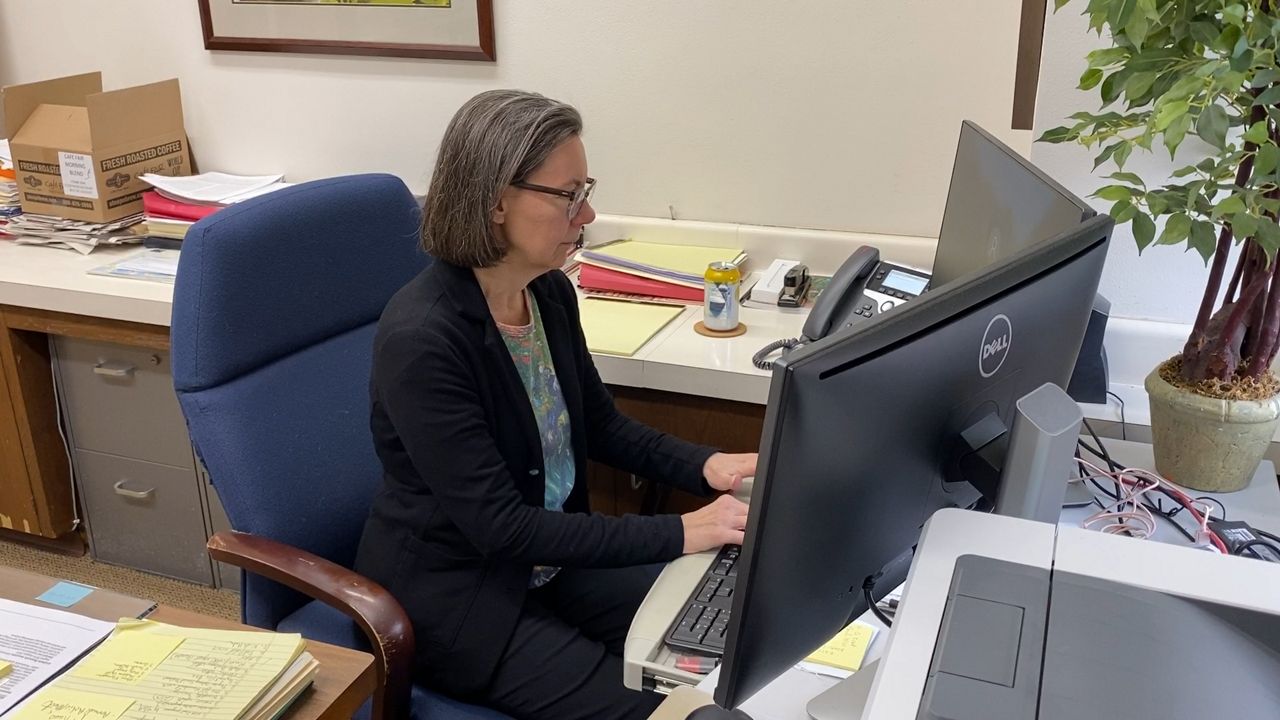MADISON, Wis. (SPECTRUM NEWS) – Roughly 30,000 Wisconsinites get exposed to Lyme disease every year, based on researchers' estimates, making it one of the top states in the country for cases.
Soon, the Wisconsin Department of Natural Resources will need to do more to warn visitors to state land about the risk of tick-transmitted illness.
The name for the disease comes from Lyme, Connecticut, but that's not where the first case was discovered according to Prof. Susan Paskewitz who is the chair of the Department of Entomology at UW-Madison.
“The first case that was ever written up and described in the scientific literature was right here in the late 1960s,” Paskewitz said. “It was a person who got sick up in the northern part of Wisconsin and had the very definitive bullseye rash.”

Cases of Lyme have since spread across the state, even popping up in some urban areas.
“What we've seen over the last 20 years is that the ticks have been slowly moving into the rest of the state so this year virtually every county, except for two counties in the state, we have found established populations of these ticks so they're really everywhere,” Paskewitz said.
The Centers for Disease Control says Wisconsin had the fifth-highest number of confirmed cases in the nation in 2018.
Last week, the State Assembly passed two bills to help combat Lyme disease.
The first bill requires the DNR to post at least one sign at each state park, trail and forest warning visitors about the risk of Lyme disease.
A state fiscal estimate shows the DNR would need at least 115 signs at a price tag of nearly $13,000, something Paskewitz thinks is worth it.
“We're hopeful that putting up some signage will at least be a reminder, and if we prevent, you know, just a few cases, that's still worth doing to remind you to take your personal protective measures and do that tick check, take a shower at the end of the day,” Paskewitz said.
A second bill requires the DNR to sell insect repellent at state parks and forests.
The Senate passed both bills back in October and Gov. Tony Evers signed them into law Tuesday.



